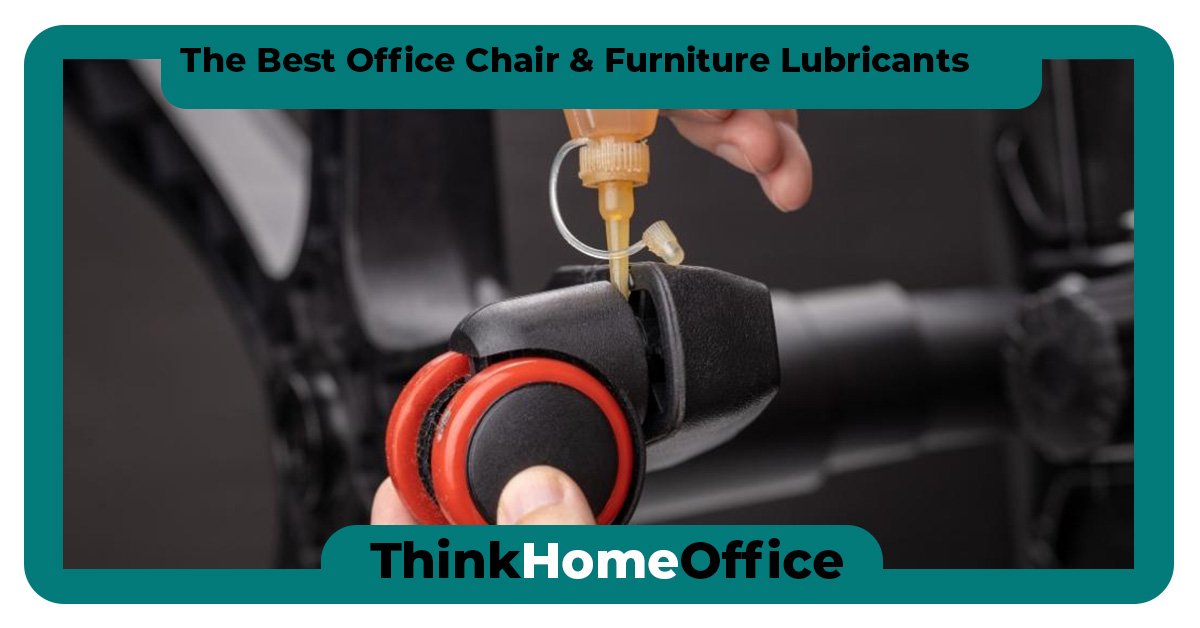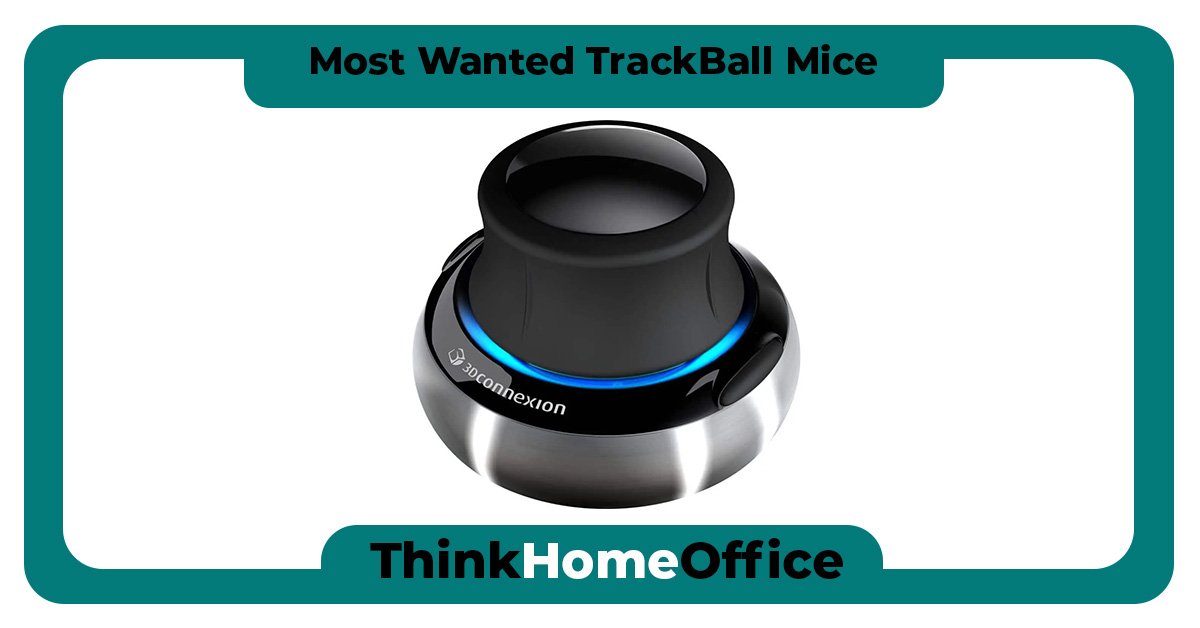This is the second of two articles which will guide you through going from a laptop couch-potato, to a home based entrepreneur in the making. The first article, if you haven’t seen it, takes you through the process of finding space for a home office.
If you have read that one, welcome back!
Step 2 of the Home Office Journey – Calculate and Plan Home Office Space?
So, you now have an idea, plan or even a space ready to be turned into your workspace. The next thing, before you run out to buy the exciting desk, chair, monitors, mounts, etc… is to consider what equipment needs to be located in your home office.
How Much Space do you Need for a Home Office?
The answer is not as straight forward as 100 sq ft, which is a small bedroom, or 200 sq ft, which is a larger bedroom. This is simply because the answer depends upon what the user needs the home office user needs! To answer the question you must evaluate what the office is to be used for and what is needed within it, for it be used effectively. Only then can you quantify the required capacity which is needed.
How to Calculate Space for a Home Office?
You’d be feeling a bit silly if you bought office furniture, a huge desk, had it fitted with an accompanying top end ergonomic chair to realise you couldn’t fit in your equipment that is specific to your profession. Yeah, its not probable you’d mess up that bad, but it makes my point.
The following will highlight things for you to consider, to calculate the space that you need:
What IT equipment do I need for my home office?
This would normally consist of a personal computer, a monitor or two, and all the peripheral equipment that comes with it. Items like a keyboard and mouse, but also Computer Speakers, Webcam, Headset, Earphones, external Hard Drives, or Docking Stations for plumbing in your Laptop. The list can be quite wide-ranging as the home office enthusiasts among you could be from a wide range of professions, hobbies or both. The above would suit a Developer, whereas a Youtube influencer may need a host of Sound Proofing, lighting and enhanced Video and Microphone equipment – maybe even a Green-Screen! More than meets the eye when you sit down to think about it.
All of this sort of equipment has a direct bearing on how you plan to locate or integrate it with your desk of choice, as they will either be located on, or in and around it.

Space for Office Equipment
- Do you need space for your specific home office equipment – anything from your profession?
Perhaps in addition to the above items of kit, you may need to add additional items of equipment that are specific to your profession or hobby. These items will generally be ‘stand-alone’ items of equipment such as Photography Backdrops, Photography Lighting, or maybe music equipment. Some of you may wish to start your own home-based Art Studio, and may need to consider space for an Easel, or space for your artwork or sculptures.
This type of equipment, being stand-alone will need its own footprint, so you will need to calculate what ‘Area’ it needs, and the ergonomics of its use. DO NOT forget as well as floor area, you may have to consider height! Avoid that red-faced moment when you can’t erect a piece of equipment into your brand new shiny office as its ceiling is too low, or the roof lights are in the way.
An Area to Host Clients
- Will clients be calling in to my home office?
It’s quite possible you are an Architect, Psychiatrist, Accountant, or a Marriage Councillor who is looking to, or has to consider working from home. Or you are reading this to maybe to get an idea of what you need to consider before you set up your off-residence office?
Whatever your situation you will need to ensure it has the facilities to allow you to fulfil your role. If you are expecting clients, do you need a two way desk with dual chairs? Maybe three chairs? A coffee machine – it is worth contemplating if the addition of one or two items that would be complimentary to your clients may just pay off? Also remember you need to provide adequate access to and from your home office for the client – can they park their car and easily access your home office? The last thing you want is to see them screaming past your window, being chased by the family dog. Future insurance premiums might be a problem!
Capacity for Work Specific Equipment
- Think, what did my regular office have that my home office needs – have I got space for it..?
If you are making the leap from a regular office, to one based offsite or in your home, then consider what your current office has. Summarize what infrastructure, facilities and equipment it has, and apply a scale of ‘must’ have, ‘should’ have and ‘could’ have. This will enable you plan for what you need without forgetting something that is a necessity, but also to prioritize where you should focus your budget. The ‘coulds’ will be for items that maybe you would like to have over time.
The thought of facilities will no doubt be bound to your assessment of your clients – they may need toilet or cleaning facilities, which will just make their client experience that bit better. Rather than having to wait until they leave, or maybe the awkwardness of having to use you own domestic facility. Also, would you want clients – and likely strangers – access to the inner sanctum of your home?

Assess the Equipment Needs for Your Home Office
Spend some time thinking about the above equipment requirements, it will be the most important data you will need for capacity planning your office space requirements. You know what space your office has – run a quick check against the list of items you need.
Remember, you haven’t even looked into what office desk type or size you want yet – it could be be it will be determined by what capacity you have spare. It may also be the case that after carefully considering what equipment you need, your planned workspace just won’t cut it – PANIC! Only joking, but at least you have figured that out now, instead of later.
Chances are, like me you can get by without the need for a whole bunch of specialized equipment and can focus on a good desk, chair and IT kit to make your work as easy and as comfortable as possible.
How to Calculate if I have Enough Office Space
Now you know what home office space you have available and what equipment you need, you should be able to calculate what needs to go where in that space to allow for function and accessibility.

If you are unsure how to estimate if you have space to fit certain items of equipment into specific locations, consider the following:
- Measure or obtain the dimensions of every piece of ‘stand-alone’ equipment that has its footprint. For example, if you are a Chiropractor and must have a treatment table, measure its length, width and height.
- Assuming the items are not yet in the room, use the dimensions from the equipment you have measured to plot out their approximate positions in your home office. Use the image in your head, or a sketch, of where you envisage things will be located. Find or buy a ball of cheap, brightly colored string or ribbon, and cut it to suit the dimensions of each piece of equipment.
- Repeat this for each piece of equipment and furniture that you know must be present in your home office. By now you will have a room with the outline of ‘ghost’ furniture on the floor, you have just completed your first ‘2-D Surface Area’ layout.
- You may have done this before you have a desk. If so, proceed with the following steps – but be mindful that it will be to assess what space you have in which to locate your desk. Maybe you want to see how much space you have available in advance of buying one, so you know what size desk you can get? If you have researched what desk you want, then obtain its dimensions and proceed as you did from Step 3.
- But what about accessibility? Look around and see if you can access each item of equipment, remember they may be clear of each other, but can you easily access all the sides of your equipment you need to? Does it feel too condensed? Bear in mind you need to apply the vertical dimensions as well. Now we’re thinking in 3-D! Even if they are clear of one another, consider your access and that of light – will something block the path of light from a window? Is the ceiling or wall lighting obstructed?
- Ok, so you have tweaked things around and start to see a workspace layout coming together. But, does any of your equipment have components which project outwards, or are adjustable? You may have articulated equipment of some description; does it have room to manoeuvre?
- By now you have a workspace layout that you know will allow easy unobstructed access for you and maybe your clients. The equipment within it can fully function, and it will have a full range of motion without impeding anything else or its user.
- So what about power points? This is one of those considerations which could be higher up on the list, but it depends on what power use and consumption is required. For most of us access to power outlets can be managed through the addition of plug-in extenders, if they are not readily available where needed.
- The next step is to understand the ergonomics of your interactions with the equipment and furniture in the room. Ask yourself, “If I or my client sit there, is ‘X’ accessible?” Proceed with the same line of questioning for every thing in your workspace that you have to interact with. “If my desk is situated there, can I easily get my chair in and out?” Rinse and repeat until you are happy with your layout.
- Finally, work this list to suit you! You may find doing some of these steps in a differing order works better for you. These are generalised steps, as what I don’t know is what your exact circumstances are. You may have a room already with equipment in it – if so, and you are capable, you can physically move it around until you know it all fits. Or you can move items into place to measure precisely what area you have available for a new desk, chair or office cabinet.
To Wrap Up…
With any luck you have read through this and the previous article where I talk about how to go about finding space for a home office, and they inspire you to go for it. Either to establish your home office from some disused space you have. To the other end of the spectrum where you build something explicitly to suit.
The articles try to cater for those who need something small scale, through to someone who is effectively working from, or planning on running a business from their home or other personal space.
Wherever you fit into the scale, I hope some of the points made you think home office, and helped you on your home office journey.






